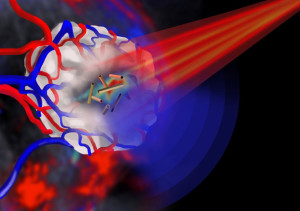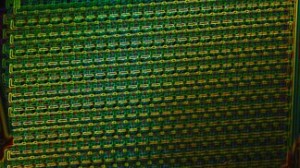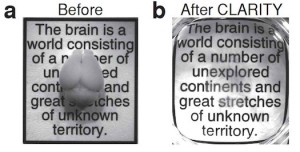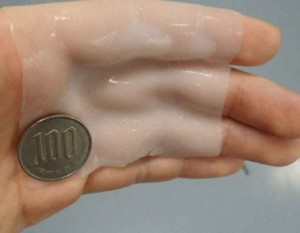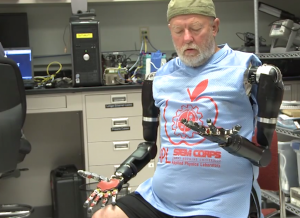
Graphene oxide is stable in water and has shown potential in biomedical applications.
Image: Oncotarget
They don’t call it the wonder material for nothing. Since its inception, graphene has shown an amazing array of possibilities – from its potential in renewable resources to its ability to revolutionize electronics. Now, it may even be able to aid in the fight against cancer.
Scientists at the University of Manchester have used graphene to target and neutralize cancer stem cells without harming non-cancerous cells. By taking a modified form of graphene called graphene oxide, the researchers have discovered a quality in the material that acts as an anti-cancer agent that selectively targets cancer stem cells.
The graphene oxide formulations show the potential to treat a broad range of cancers with non-toxic material, including: breast, pancreatic, lung, brain, ovarian, and prostate cancer. The scientist state that if the new treatment were to be combined with existing treatment, it could eventually lead to tumor shrinkage as well as stop the spread of cancer and its reassurance after treatment.


